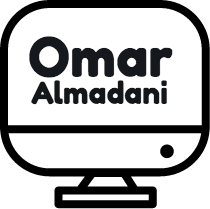A Tug of War Between Email and IM
The basic functionality of how email and IM work are pretty much similar, where a message is passed from a client to a server, where that server directs the message to the intended client. They both use a client/server architecture to work. Also both IM and Email have “a way for different servers to communicate […]
